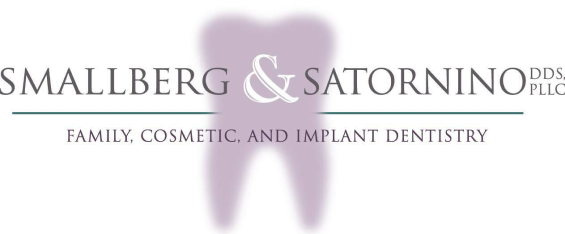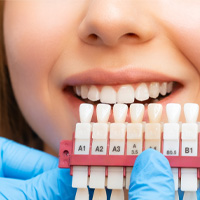Complete Dental Care in Westbury, NY
Specializing in beautifying smiles, maintaining your dental health, and helping you improve your appearance. Our experienced and friendly staff takes great pride in keeping your smile beautiful.

Book an Appointment
Scheduling your appointment with Smallberg & Satornino is the initial stride towards achieving optimal oral health and a beautiful smile. Booking with us is simple, ensuring that your journey to a healthier mouth is convenient and stress-free.
Visit the Practice
At Smallberg & Satornino, our state-of-the-art facility is equipped with modern amenities, and our friendly team is dedicated to ensuring your comfort from the moment you arrive.
Get your Treatment
Smallberg & Satornino’s expert dental team is committed to delivering personalized care, focusing on restoring the whole mouth to enhance both your oral health and the aesthetic appeal of your smile.
Our Dental Services
SMALLBERG & SATORNINO, DDS , P.L.L.C is a top-rated local practice for cosmetic preventative, and restorative dentistry in Westbury, NY.
Meet Our Dentists

Dr. Smallberg
Dr. Jordana Smallberg grew up on Long Island and received her bachelor’s degree in Biology from Hofstra University and her DDS degree from SUNY Stony Brook School of Dental Medicine, She completed a General Practice Residency in Dentistry at SUNY Stony Brook University Hospital.

Dr. Satornino
Dr. Stacy Satornino, another Long Island native, received a bachelor’s degree from SUNY Albany, followed by a DDS from SUNY Stony Brook School of Dental Medicine. She completed her advanced post graduate training at the Department of Veterans Affairs Medical Center at Northport and has been a successful associate with a general dentistry practice in Suffolk County.

Comprehensive Dental Care That You Can Trust.

What Patients Say About Us
SMALLBERG & SATORNINO, DDS is a top-rated Long Island practice for cosmetic, preventative, and restorative dentistry.







